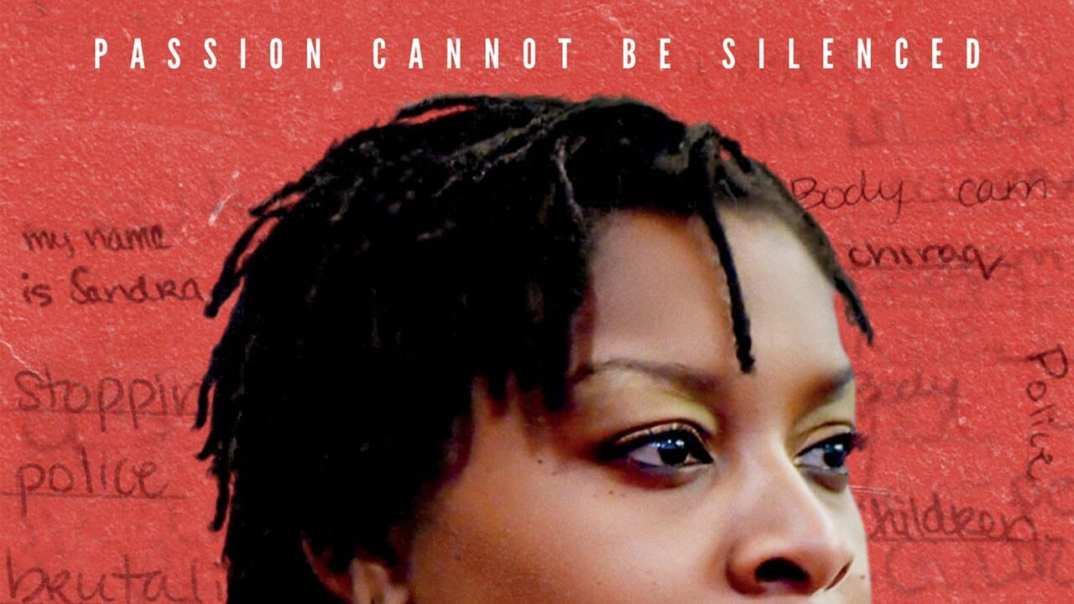TheGrio has launched a special series called #BlackonBlue to examine the relationship between law enforcement and African-Americans. Our reporters and videographers will investigate police brutality and corruption while also exploring local and national efforts to improve policing in our communities. Join the conversation, or share your own story, using the hashtag #BlackonBlue.
Geneva Reed-Veal, the mother of Sandra Bland, joined a group of moms like Samaria Rice, mother of 12-year-old Tamir Rice, for the premiere of “Jason’s Letter” a story loosely based on the boy who was shot by Cleveland police as he played with a toy gun.
Reed-Veal’s daughter has a story of her own death that will be told thanks to an HBO documentary set to air in December titled Say Her Name: The Death and Life of Sandra Bland, that deals with the circumstances surrounding Bland’s mysterious death in a Texas jail in 2015.
Bland, 28, was found hanging in a jail cell, days after being stopped for a minor traffic violation. Her death was ruled a suicide and the family settled a $1.9 million wrongful-death lawsuit against Trooper Brian Encinia, and the Texas Department of Public Safety and Waller County for $1.9 million in September 2016.
Reed-Veal told reporters at the Philadelphia screening that she has seen the HBO documentary once, but when it premieres in September ahead of the December release date, she doesn’t plan watch her daughter’s crime scene again, reports the Chicago Sun-Times. She explains:
“We’ll be in Chicago in September for the premier of the HBO documentary on Sandy, which is one of the best things I’ve seen to date on what happened to my daughter, because a lot of it is in her own words,” she said.
“I’m sitting there at Tribeca watching with everyone else. Then I see my baby in the cell, lying on the ground, all these numbers around her. In these three years, I had never seen the crime scene, the photo of cell 95, where she was found. I’d refused,” she said.
“And seeing that thing tore me up. I left out of a side door, went back to the hotel and sank into extreme depression,” she said.
“My head was thrown right back to 2015. I was in the hotel, balled up and crying for three days. When I finally got myself together, I told them, ‘You all never told me you would use her real body. Do you understand that I have never seen that photo? Do you understand that I never wanted to see that?’ They were very sorry.
“I told them I can’t watch that movie anymore for the rest of the screenings. It’s too hard for me,” Reed-Veal said.
For those who do tune in to watch the documentary, Reed-veal says it offers an inside look on who Bland was through the lens of her vlogs, in which she spoke out about against racism, and police brutality.
“You get a chance to see the essence of who she was,” Reed-Veal said.
Reed-Veal is continuing the fight through her advocacy work.
“We’re working to try to put back into the Sandra Bland Act all the things they took out and working on a possible class-action suit. I needed to be on the ground here to do these things,” she said.
The Sandra Bland Act, took effect September 2017 and offers protections for people deemed mentally ill who may harm themselves while in police custody.
Last February, the Houston Museum of African American Culture opened an exhibit dedicated to the life and death of
Sandra Bland.
the exhibit featuring smiling images from Bland’s life before sitting in a makeshift car to watch footage from the traffic stop that ultimately led to her death.
For her mother, Geneva Reed-Veal, sitting in that car was the hardest part of the exhibit.
“It felt like when that officer was walking, he was walking towards you,” she told local station KTRK.
Reed-Veal added that she felt like her daughter was telling her story even after her death.
“People seeing this exhibit should say to themselves hold on, I’m going to think a little differently about the way I do things—with my interactions with everyone but more so police officers,” she said.
The artists who worked on the exhibit clearly did their homework. Many of the pieces give a glimpse into the type of woman Bland was at the time of her death.
“I’m discovering we were very similar. She was a woman who took over 50 selfies, she had very healthy self-esteem, was in a sorority, educated, young had a future ahead of her,” said Lee Carrier, the designer behind the central mural in the exhibit.

